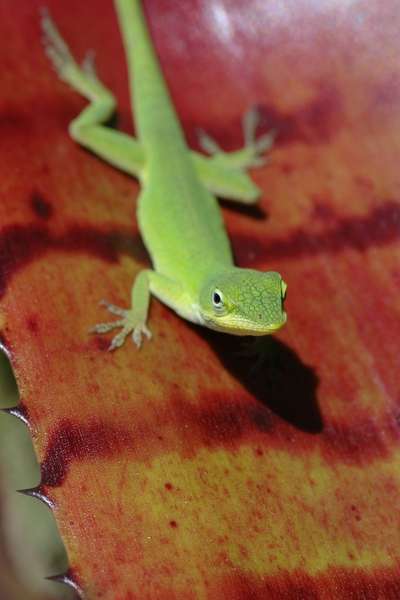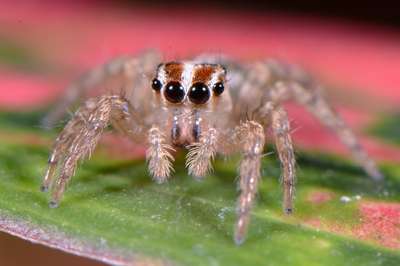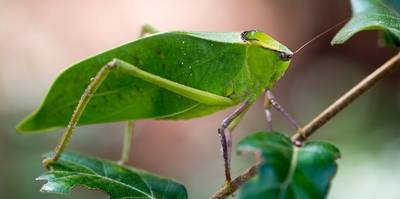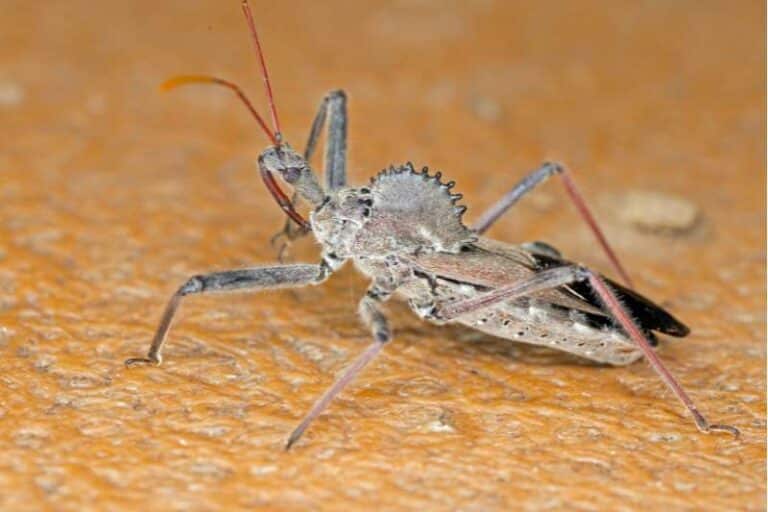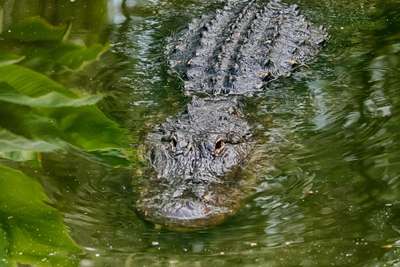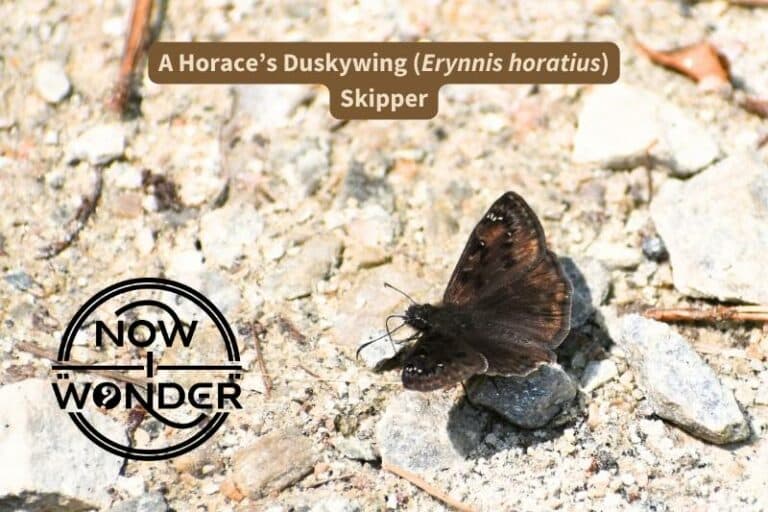Spotting an eastern box turtle (Terrapene carolina) on a morning walk in the southeastern United States can be a wonderful surprise and may make you wonder how they actually live as they trundle about their business. This post answers some of the most frequently asked questions about these reptiles to help you enjoy these charming reptiles even more.
Are eastern box turtles poisonous?
Eastern box turtles are not naturally poisonous; they do not manufacture protective toxins. However, their body tissues can accumulate poisons obtained from fungi they consume. While these fungal toxins do no harm to the turtle, they can sicken humans who eat the turtle’s flesh.
What do eastern box turtles eat?
Eastern box turtles are omnivores so eat a variety of both plant and animal foods. They eat leaves, stems, and wild strawberries and raspberries, in addition to a wide variety of mushrooms and fungi. They also consume insects (especially beetles), snails, and occasionally carrion.
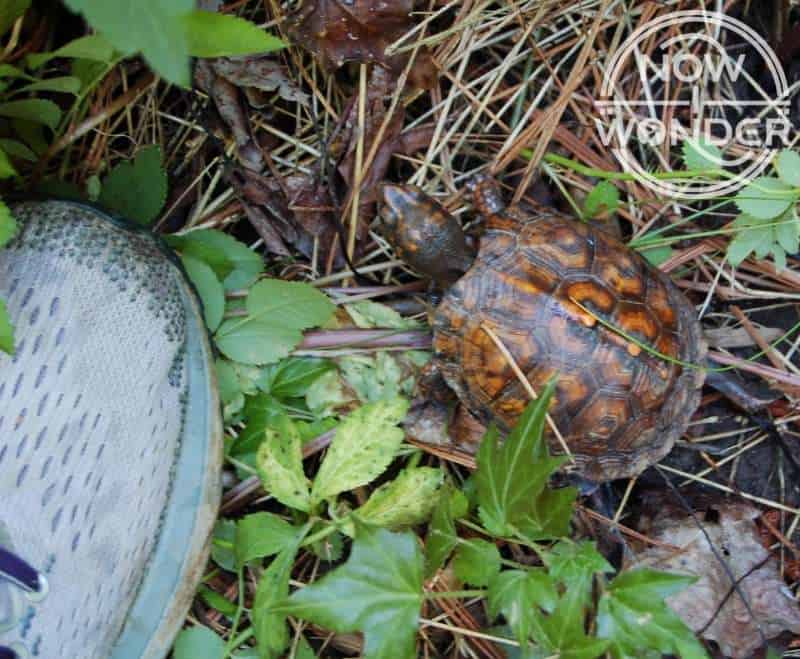
How long do eastern box turtles live?
Eastern box turtles that survive to adulthood live approximately 20 years. Some “living record” specimens who endured humans carving information into their shells have shown ages greater than 100 years but most turtles succumb to disease, injuries and accidents before reaching these advanced ages.
Average life span is much lower when egg, hatchling and juvenile mortality is considered. Many eggs laid by female eastern box turtles are either unfertilized or fail to develop embryos and hatch rates vary tremendously from nest to nest (Nicholson et al. 2020) and many predators eat turtle eggs.
Hatchlings and juveniles are also extremely vulnerable to predators due to their small size and correspondingly thin protective shells.
How can you tell a male from a female eastern box turtle?
Males have red eyes, long tails, and curved claws; females have yellow or brown eyes, short tails and thick claws. Male shells are slightly concave on the bottom and the rear edges flare out; female shells are flat on the bottom with no flared lip.
Eastern box turtles display little sexual dimorphism, which means that the males and females look very similar. The small physical differences between them (with the exception of eye color) relate to their reproductive behavior.
The short, thick claws of a female turtle help her dig into the ground to make a nest for her eggs. The depression on a male’s plastron (the underside of the turtle’s shell) allows him to position himself closer to the female when mating and the flared rear edge of his carapace and his longer, thicker tail helps him balance when mounted.
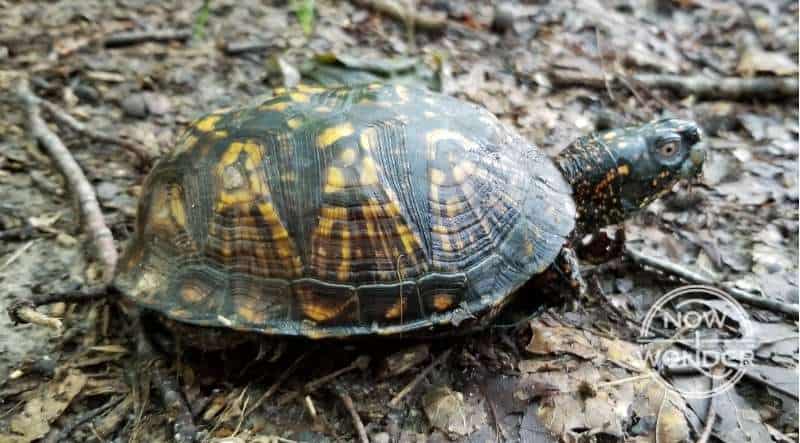
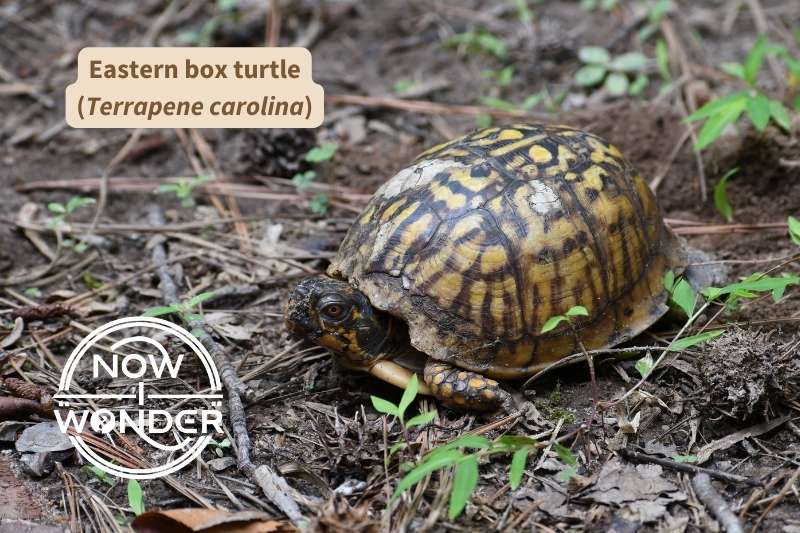
Do eastern box turtles sleep?
Eastern box turtles are most active during the day and sleep at night in “forms”, which are small, domed spaces they create in vegetation. They may awaken in response to predators or temperature changes and wander towards artificial light but prefer to hide and sleep until morning.
How far will an eastern box turtle travel?
Eastern box turtles spend their lives traveling within home ranges approximately 1 – 2 acres (0.4 to 0.8 hectare) big. Females travel more than males and juveniles remain close to their hatching areas. Relocated turtles travel long distances in attempts to return to their original home ranges.
To see just how fast (or slow) an eastern box turtle can be, check out my video “Slow and Steady” below:
Do eastern box turtles have families?
Eastern box turtles have families in the sense that genetically related individuals can be found in close proximity to each other. However, related turtles do not support each other’s survival in any way; there is no cooperative sharing of resources for the good of the species.
Can eastern box turtles swim?
Eastern box turtles can swim but they are terrestrial reptiles and not well adapted to moving through water. Their shells are domed, heavy and less hydrodynamic than those of their aquatic turtle cousins and their feet aren’t webbed, which make swimming a challenge.
Eastern box turtles will choose to trundle around a pond rather than swim through it to get to the other side. On hot days, they may enter shallow water to cool off but in general, they prefer to remain on land.
Can eastern box turtles drown?
Eastern box turtles are reptiles so have lungs, breathe air, and can drown if their heads are submerged for an extended period of time. They are a terrestrial species and despite occasionally entering shallow water to cool off, are better adapted for living on land than managing in the water.
What do eastern box turtles do in winter?
Eastern box turtles hibernate underground through winter. As temperatures decrease, they bury themselves to avoid freezing to death. Turtles can tolerate freezing of at least 58% of their body water for at least 72 hours (Costanzo and Claussen 1990) but will die if freezing is sustained or sudden.
As reptiles, eastern box turtles are sensitive to environmental temperatures and freeze to death if they get too cold. Some turtles bury themselves completely but others only partially so that the tops of their shells are visible. The shallower the burrow, the more at risk a turtle is of dying from dehydration or freezing should temperatures get abnormally or suddenly too cold.
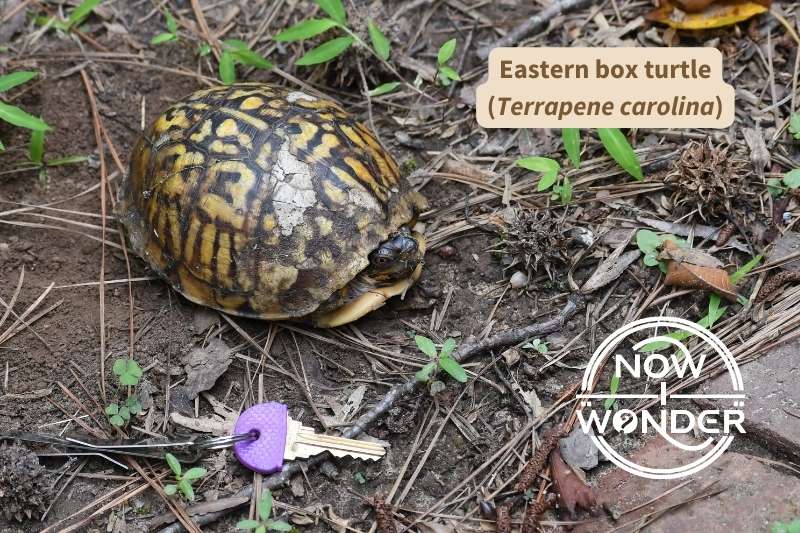
How long does it take for an eastern box turtle to grow up?
An eastern box turtle hatchling is about 1.5 inches (3.45 cm) and will grow to its full size of 4 – 8.5 inches (10 – 21.6cm) in approximately 6 years. Males and females are generally the same size and both require a minimum of 4 years to reach sexual maturity.
When do eastern box turtles lay their eggs?
Female eastern box turtles lay 3 – 8 thin-shelled eggs in May to July in nests 3-4 inches (76-102mm) deep. They dig the nests in sandy, sunny areas with minimal tree roots like fields and roadsides. The eggs are thin-shelled, 1.4 inches (0.35cm) big, and hatch in 2-3 months.
Are eastern box turtles “turtles” or “tortoises”?
Terrapene carolina are “turtles” in the United States and “tortoises” in British usage. In the U.S., “turtle” refers to all aquatic and terrestrial reptiles classified within Order Testudines (Chelonia). Elsewhere, all member of Testudines are “tortoises”; “turtles” refer to aquatic species only.
How are eastern box turtles classified?
| Kingdom | Animalia |
| Phylum | Chordata |
| Sub-phylum | Vertebrata |
| Class | Reptilia |
| Order | Testudines |
| Family | Emydidae |
| Genus | Terrapene |
| Species | T. carolina |
| Binomial Name | Terrapene carolina |
…the proper name for the (living) turtles is Chelonia; Testudines refers to the Chelonia and some of their extinct relatives known from the extentive [sic] fossil record of turtles.”
University of California Museum of Paleontology, Berkeley
Related Now I Wonder Posts
To learn more about terrestrial and freshwater turtles, check out these other Now I Wonder posts:
- Are Eastern Box Turtles rare?
- Can you find turtles in rivers?
- River Cooter Turtles: Almost a research enigma
To learn more about turtles in general, check out these other Now I Wonder posts:
- Can turtles swim?
- How do turtles swim with shells?
- Why do turtles float?
- Why does cold water kill sea turtles?
To learn more about reptiles in general, check out these other Now I Wonder posts:
- Do reptiles have cold blood?
- Do reptiles have hearts?
- Can reptiles get too hot?
- Can reptiles get too cold?
- Why can’t reptiles chew?
- Do reptiles lay eggs?
- Do reptiles give birth?
References
Costanzo JP, Claussen DL. 1990. Natural freeze tolerance in the terrestrial turtle, Terrapene carolina. Journal of Experimental Zoology. 254(2):228-232. Available at: https://doi.org/10.1002/jez.1402540215
Nicholson BJ, Quinn DP, Rivadeneyra MA. 2020. Post-natal movement, habitat use, and hibernacula selection of eastern box turtles (terrapene carolina carolina) in southern new england. Northeast Nat. 27(2):358-80. Available at: https://doi.org/10.1656/045.027.0216
[UCMP] University of California Museum of Paleontology. [date unknown]. Introduction to Testudines: the turtles [Internet1]. Berkeley (CA): University of California; [cited 2022 July 9]. Available from: https://ucmp.berkeley.edu/anapsids/testudines/testudines.html

